
Senior physics writer Emily Conover joined Science News in 2016. She has a Ph.D. in physics from the University of Chicago, where she studied the weird ways of neutrinos, tiny elementary particles that can zip straight through the Earth. She got her first taste of science writing as a AAAS Mass Media Fellow for the Milwaukee Journal Sentinel. She has previously written for Science Magazine and the American Physical Society. She is a two-time winner of the D.C. Science Writers’ Association Newsbrief award, and a winner of the Acoustical Society of America’s Science Communication Award.

Trustworthy journalism comes at a price.
Scientists and journalists share a core belief in questioning, observing and verifying to reach the truth. Science News reports on crucial research and discovery across science disciplines. We need your financial support to make it happen – every contribution makes a difference.
All Stories by Emily Conover
-
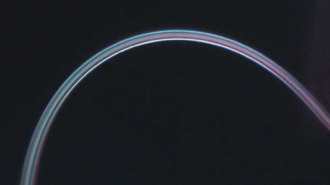 Materials Science
Materials ScienceThese weird, thin ice crystals are springy and bendy
Specially grown fibers of frozen water bend into curves and spring back when released.
-
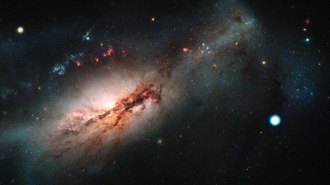 Astronomy
AstronomyScientists spotted an electron-capture supernova for the first time
A flare that appeared in the sky in 2018 was an electron-capture supernova, a blast that can occur in stars too small to go off the usual way.
-
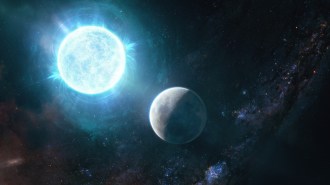 Astronomy
AstronomyThis moon-sized white dwarf is the smallest ever found
A newfound white dwarf is the smallest and perhaps the most massive known, and spins around once every seven minutes.
-
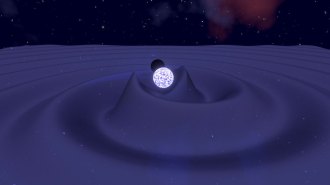 Physics
PhysicsGravitational waves reveal the first known mergers of a black hole and neutron star
For the first time, LIGO and Virgo have detected long-anticipated gravitational waves from a black hole merging with a neutron star.
-
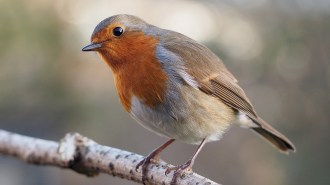 Animals
AnimalsA proposed ‘quantum compass’ for songbirds just got more plausible
Quantum physics could be behind birds’ magnetic sense of direction, new measurements indicate.
-
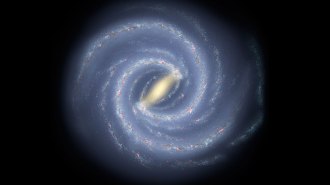 Physics
PhysicsDark matter may slow the rotation of the Milky Way’s central bar of stars
A method akin to studying a tree’s rings revealed the history of a slowdown of the rotating bar of stars at the heart of the Milky Way galaxy.
-
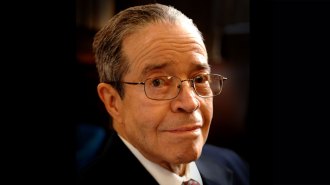 Physics
PhysicsMathematician J. Ernest Wilkins Jr. was a Manhattan Project standout despite racism
Black scientist J. Ernest Wilkins Jr. made nuclear physics calculations that helped build an atomic bomb.
-
 Quantum Physics
Quantum PhysicsPhysicists used LIGO’s mirrors to approach a quantum limit
Using LIGO’s laser beams to reduce jiggling rather than detect gravitational waves, scientists have gotten closer to the realm of quantum mechanics.
-
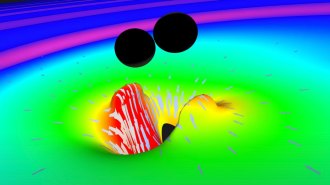 Physics
PhysicsGravitational waves confirm a black hole law predicted by Stephen Hawking
The first black hole merger detected by LIGO affirms that the surface area of a black hole can increase over time, but not decrease.
-
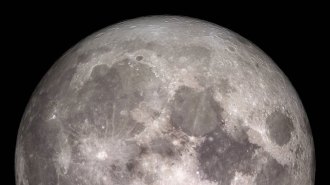 Particle Physics
Particle PhysicsPhysicists dream big with an idea for a particle collider on the moon
A lunar particle collider that dwarfs any such facility on Earth might not be impossible, according to new calculations.
-
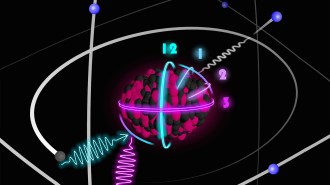 Physics
PhysicsNuclear clocks could outdo atomic clocks as the most precise timepieces
Better clocks could improve technologies that depend on them, such as GPS navigation, and help test fundamental ideas of physics.
-
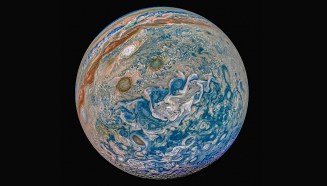 Planetary Science
Planetary ScienceLaser experiments suggest helium rain falls on Jupiter
Compressing a hydrogen and helium mixture with lasers shows that the two elements separate at pressures found within gas giant planets.